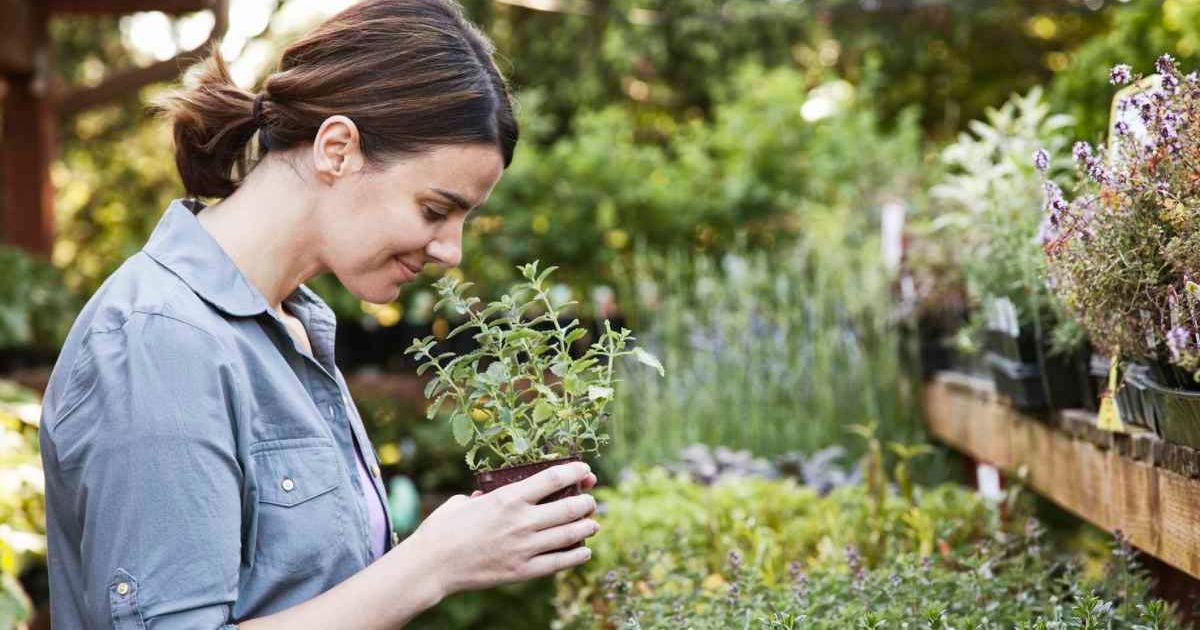Ever Tried Matrix Planting? This Layering Method Not Only Saves Time but Also Preserves Ecosystem

The latest garden trend is mimicking wild plant communities in structured and organized spaces, almost like a rebellion against perfect and uniformly spaced gardens. As people grow aware of the ecological benefits and minimal maintenance of sustainable gardening practices, methods like chaos gardening and meadowscaping have emerged, for good reason. These methods reconsider the detrimental effects of traditional gardening and aim to restore the balance in the ecosystem by also aiding the local wildlife in the process. Similarly, New York City’s High Line garden has helped influence another eco-friendly gardening method called matrix planting, which is simpler than it sounds, per Homes & Gardens.

Matrix planting on the rise

In this type of planting, gardeners blend species like grasses, perennials, and resemble wild plant communities in contrast to the perfectly-seeming formal gardens in urban settings. Horticulture expert and award-winning garden designer, Shireen Zia, explained the idea behind matrix planting. “It is a layered approach where a groundcover or grass forms a living base, and other plants, like perennials and accents, are interwoven to mimic natural plant communities. It’s about designing plant layers that work together, not in isolation,” said Zia, who is also the principal of EcoGardens Landscape Design. This gardening method takes into account every plant species and forms a cohesive interweb of plants that has greater benefits.
The limited green space between the plants reduces the need for wood mulch and also promotes self-seeding in the gaps. Matrix gardens have demand amongst pollinators and the local wildlife due to their efficient production of nectar and food sources throughout the year. This is accomplished by the layered nature of the gardens. The interwoven plants also require less maintenance once established. Therefore, typical practices like irrigation, fertilization, and weeding are not required in matrix gardens. Some of the plants used are wild ginger, Lambs’ ears for the Matrix plants; globe thistle, and Siberian iris for primary plants, and scatter plants like Staghorn sumac and blazing star, per Fine Gardening. @MidwestGroundcoversLLC shared their take on matrix planting with native species.
Prepare for matrix planting

The wild and scattered appearance of these gardens can be deceiving, as they require sufficient planning before establishing a garden and are often used for public projects. It is important to first test the growing conditions of the space to be converted into a matrix garden, including the planting site, sunlight, and soil type. The weather conditions and the US hardiness zone are also recommended. “The best way to start thinking about matrix planting is to use an analogy of making a quilt with a random but repeating pattern of plants,” said Melissa Starkey, PhD. Plants that complement each other when growing with similar requirements are essential for the success of this gardening technique.

Meanwhile, Zia suggests selecting a “resilient” groundcover, like Carex divulsa, is beneficial before adding structural plants for the form and height of the garden. To complement that, try adding some accent plants that add color and movement. Gardeners can opt for grown plants or smaller pug plants depending on their patience and desired waiting period. Matrix gardens can also be grown on a smaller scale by reducing the number of plants while maintaining the same plan and planting them in the front yard or home garden.
More on GreenMatters
Homeowners Are Now Trying The ‘Nostalgia Gardening’ That Reminds Them of Their Childhood
People Are Now Obsessed With The ‘Fairy Gardening’ Trend — And It Has a Healing Effect Tool
Guerrilla Gardening Is a New Form of Activism That Turns Any Barren Land Into Thriving Greenery